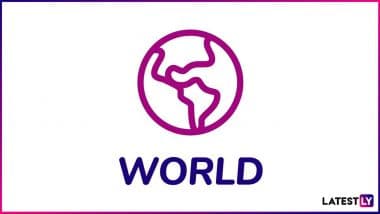Wellington, May 24 (AP) New Zealand's central bank raised its benchmark interest rate again on Wednesday to 5.5 per cent but signalled its next move would be a cut, sparking a sell-off in the currency.
Wednesday's quarter-point rate rise was the 12th straight hike imposed by the Reserve Bank of New Zealand since October 2021.
But for the first time since the tightening cycle began, the bank projected the next move would be a cut, which would likely come later next year.
The projection was more dovish than markets had expected and caused the New Zealand dollar to drop by more than 1 per cent to trade at a little below US 62 cents.
Like many central banks around the world, the Reserve Bank of New Zealand has been raising rates to try and tame inflation, which in New Zealand has fallen from a recent peak of 7.3 per cent last June to 6.7 per cent.
That remains well above the bank's target inflation rate of around 2 per cent.
New Zealand's unemployment rate remains low at 3.4 per cent, putting upward pressure on wages and inflation.
The bank's monetary policy committee said global economic growth remains weak and inflation pressures were easing.
“Consumer spending growth has eased and residential construction activity has declined, while house prices have returned to more sustainable levels,” the committee said in a statement.
“More generally, businesses are reporting slower demand for their goods and services, and weak investment intentions.”
The committee said an immigration surge since COVID-19 restrictions were lifted was expected to ease.
The bank said the surge had helped relieve the labour shortage but its net effect on spending remained unclear.
A summary of the committee's meeting showed that some members favoured keeping the benchmark rate at 5.25 per cent. The decision to hike was made by a 5-2 vote, a departure from the typical consensus decisions.
The key rate remains at its highest level since the global financial crisis in 2008. (AP)
(This is an unedited and auto-generated story from Syndicated News feed, LatestLY Staff may not have modified or edited the content body)













 Quickly
Quickly

















